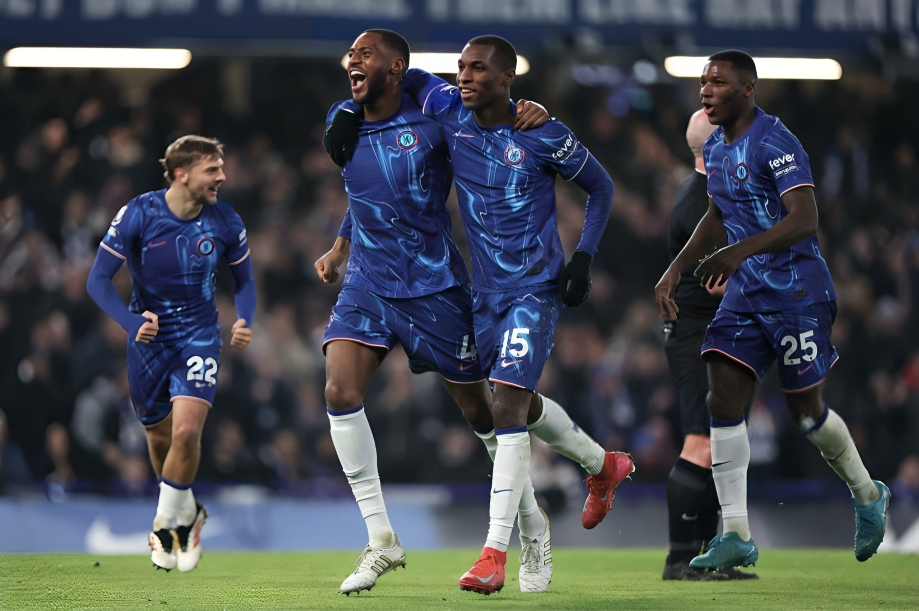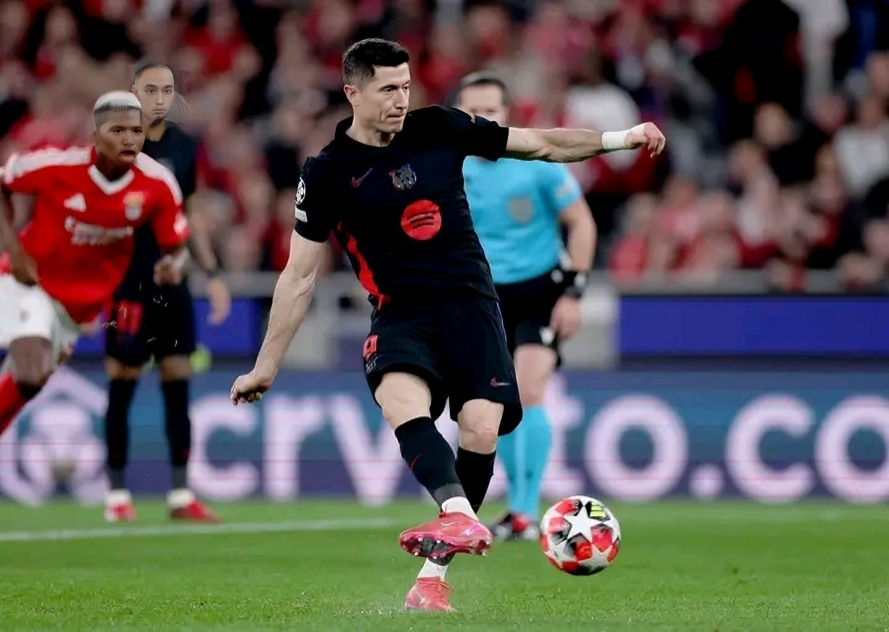Gob3, a popular Ghanaian dish made of beans and gari (fermented cassava granules), is beloved for its affordability, energy-boosting properties, and rich taste. Often prepared with red palm oil, fish, or eggs, it is a staple meal for many in Ghana. But what happens if you eat gob3 every day for a week? While it has nutritional benefits, a diet solely reliant on this dish may have both positive and negative effects.
The Nutritional Profile of Gob3
Gob3 is an excellent source of essential nutrients:
Beans: Packed with plant-based protein, fibre, and vital minerals such as iron, magnesium, and potassium.
Gari: A carbohydrate-rich food that provides quick energy.
Palm Oil: Contains healthy fats and vitamin A, which support eye health and the immune system.
These components make gob3 a wholesome meal that can sustain energy levels and contribute to overall well-being. However, consuming it exclusively for seven days has its implications.
Positive Effects of Eating Gob3 for a Week
Improved Energy Levels:
The carbohydrates in gari, combined with the protein in beans, provide sustained energy throughout the day, making it ideal for those with physically demanding routines.
Enhanced Digestive Health:
Beans are rich in dietary fibre, which promotes gut health and regular bowel movements. If you are prone to constipation, eating gob3 could help.
Affordable Source of Nutrients:
Gob3 is nutrient-dense yet affordable, making it accessible to many. It provides essential vitamins and minerals such as B vitamins, potassium, and iron.
Boosted Protein Intake:
The beans in gob3 are an excellent plant-based protein source, supporting muscle repair and overall growth.
Negative Effects of Eating Gob3 for Seven Days
Digestive Discomfort:
Beans, while nutritious, contain complex sugars called oligosaccharides, which can cause gas, bloating, and flatulence when consumed excessively.
Nutrient Imbalance:
Eating gob3 daily may lead to a deficiency in other essential nutrients such as vitamin C, calcium, and omega-3 fatty acids, which are absent from this dish. A lack of dietary variety can compromise overall health.
Weight Fluctuations:
Depending on portion sizes and preparation, gob3 can be calorie-dense. If prepared with excessive palm oil or served in large portions, it may contribute to weight gain. Conversely, if portions are small, it could lead to insufficient calorie intake, resulting in weight loss.
Monotony and Reduced Appetite:
Eating the same meal every day can become monotonous, potentially reducing your appetite over time. This could lead to undernourishment or a general aversion to the dish.
Over-reliance on One Food Group:
While gob3 is high in carbohydrates and proteins, it lacks essential fats, fruits, and vegetables. Such an imbalanced diet may affect immunity, skin health, and energy metabolism.
Tips for a Balanced Gob3 Diet
If you plan to eat gob3 frequently, you can minimise negative effects by:
Incorporating Vegetables: Add ingredients like spinach, tomatoes, or avocado to boost vitamin and mineral intake.
Including Proteins: Complement gob3 with eggs, fish, or grilled chicken for a well-rounded meal.
Moderating Portion Sizes: Ensure your servings are balanced and not overly large to avoid digestive discomfort.
Staying Hydrated: Drinking plenty of water can help ease digestion and minimise bloating caused by beans.
Adding Fruits: Pair your meal with fruits like oranges or bananas to introduce more vitamins and fibre.
Gob3 is undeniably a nutritious and satisfying meal, but eating it consistently for seven days could lead to digestive discomfort and nutrient imbalances. While it has numerous benefits, such as providing energy, improving digestion, and offering a cost-effective source of nutrients, relying solely on gob3 neglects other food groups essential for a balanced diet.
To maintain a healthy and diverse diet, it is best to pair gob3 with vegetables, proteins, and fruits, ensuring your body receives all the nutrients it needs. As the saying goes, variety is the spice of life – and the same applies to your meals!
Read Full Story




















Facebook
Twitter
Pinterest
Instagram
Google+
YouTube
LinkedIn
RSS